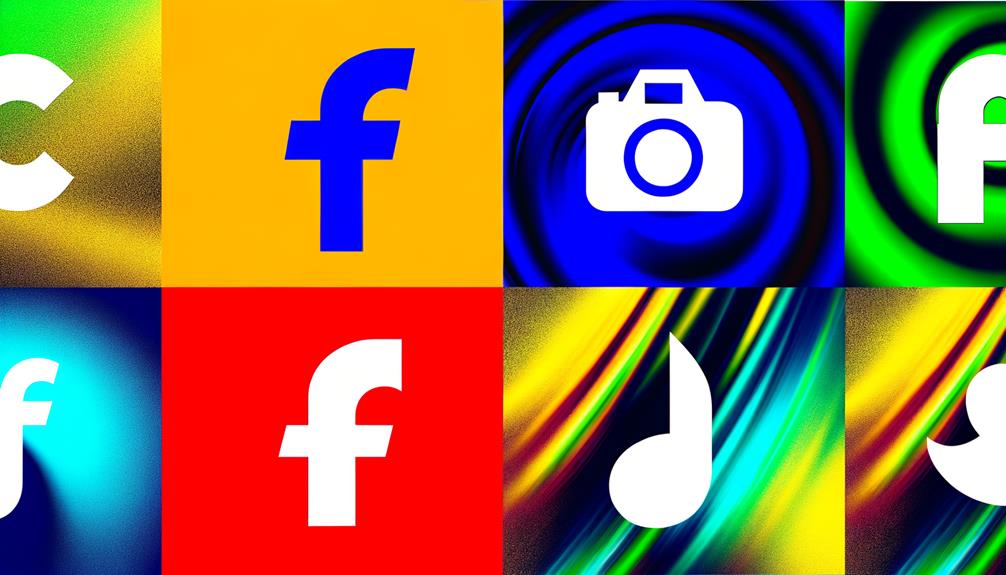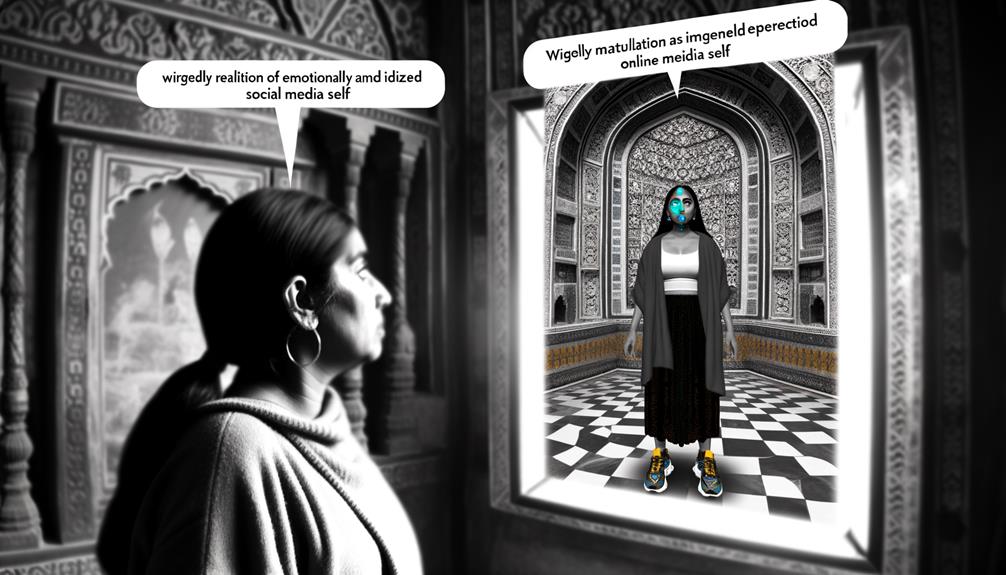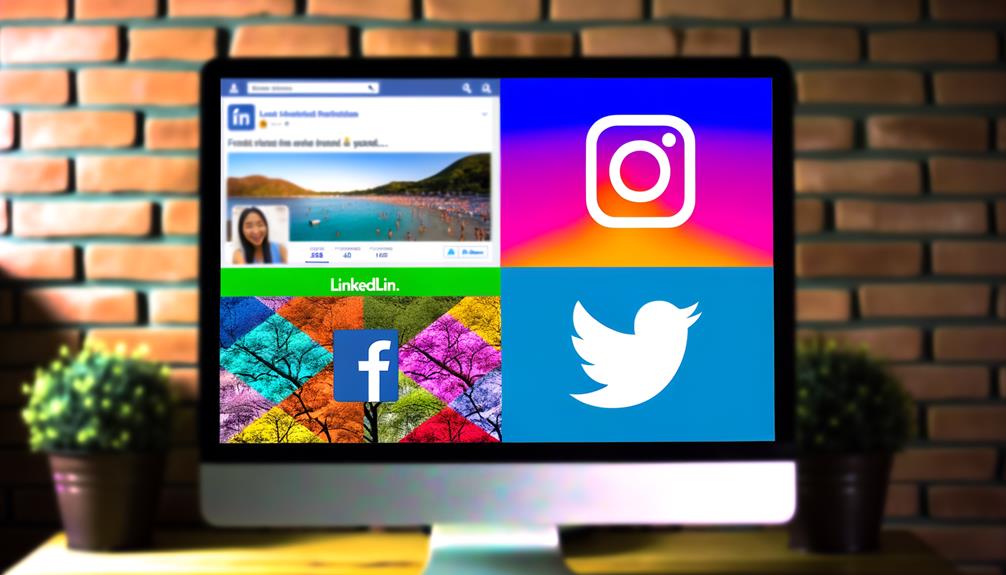As you navigate through the vast landscape of social media platforms, you might stumble upon the question: which ones truly dominate the digital realm? From the ever-evolving landscape of user engagement to the intricate web of demographics and statistics, understanding the nuances of these platforms is imperative for anyone seeking to stay connected in today’s fast-paced world.
Get ready to unravel the mysteries behind the screens and discover the hidden gems that shape our online interactions.
Stay tuned for a journey that will unveil the secrets of the most influential platforms out there.
Platform overview & history
If you’re curious about the beginnings and evolution of popular social media platforms, let’s dive into their platform overview and history.
Social media platforms have transformed the way we connect, share information, and interact with one another. Facebook, founded in 2004 by Mark Zuckerberg, originally started as a platform for Harvard University students. Over the years, it expanded globally and became the largest social network worldwide, with over 2.8 billion monthly active users.
Twitter, launched in 2006, revolutionized online conversations with its 280-character limit tweets. It quickly became a hub for real-time news updates and discussions. Instagram, introduced in 2010, focused on visual content, allowing users to share photos and short videos. The platform’s user base grew rapidly, leading to its acquisition by Facebook in 2012.
LinkedIn, dating back to 2003, catered to professionals looking to network and build their careers online. Snapchat, founded in 2011, differentiated itself with disappearing messages and stories. These platforms continue to evolve, shaping the way we communicate and engage with others in the digital age.
User engagement & interactions
Moving from the platform overview and history, let’s now explore how users engage and interact on these popular social media platforms.
Social media platforms thrive on user engagement. It’s all about likes, comments, shares, and direct messages. You engage by posting content – whether it’s a status update, photo, video, or story – and then users interact with it through various actions. The more engaging your content, the higher the chances of interaction.
Platforms like Instagram and Facebook use algorithms to show users content they’re more likely to engage with based on their past interactions. Interactions also include joining groups or events, participating in polls, and tagging friends in posts. User engagement is what drives the social media experience, creating a sense of community and connection.
Being active, responsive, and authentic in your interactions can help you build a strong online presence and meaningful relationships with other users.
Key features & functions
Exploring the key features and functions of popular social media platforms reveals the diverse tools and capabilities that enhance user experience and interaction. Platforms like Facebook offer a multitude of features such as news feeds, groups, events, and marketplace for seamless communication and networking.
Twitter’s key feature lies in its concise 280-character tweets, hashtags for trends, and retweeting functionality.
Instagram focuses on visual content sharing through photos, videos, stories, and IGTV.
LinkedIn serves as a professional networking platform with features like job postings, professional groups, and endorsements.
Snapchat distinguishes itself with disappearing messages, stories, and AR filters for playful interactions.
Pinterest is known for its visual discovery and bookmarking tool for ideas and inspiration.
YouTube is a video-sharing platform with features like subscriptions, comments, and live streaming. Understanding these key features and functions can help you leverage the unique offerings of each platform for your social media needs.
Demographics & user statistics
Wondering who makes up the user base of popular social media platforms? Let’s dive into the demographics and user statistics of some of the most widely used social media platforms.
Facebook boasts a diverse user base, with approximately 68% of adults in the US using the platform.
Instagram, popular among younger audiences, sees about 67% of 18 to 29-year-olds and 47% of 30 to 49-year-olds as active users.
Twitter attracts a slightly smaller audience, with 22% of adults in the US using the platform.
LinkedIn, known for professional networking, is utilized by around 25% of adult internet users.
Snapchat is predominantly popular among younger demographics, with 78% of 18 to 24-year-olds using the platform.
Pinterest sees a predominantly female user base, with women making up around 71% of users. Understanding the demographics of these platforms can help tailor your content and engagement strategies to reach your desired audience effectively.
Emerging trends & future predictions
To stay ahead in the ever-evolving landscape of social media, it’s crucial to anticipate emerging trends and make informed future predictions. Here are some key trends and predictions to keep in mind:
- Video Content Dominance: Video content is expected to continue its rise in popularity across all social media platforms. Short-form videos, live streams, and interactive video features are likely to be favored by users.
- Ephemeral Content Growth: The popularity of ephemeral content, such as stories that disappear after a set period, is expected to increase. Platforms may focus more on this type of content to keep users engaged.
- Augmented Reality Integration: Augmented reality (AR) features are predicted to become more prevalent in social media. Users can expect to see AR filters, effects, and experiences integrated into their favorite platforms.
- Increased Focus on Privacy: With growing concerns about data security and privacy, social media platforms are likely to enhance their privacy settings and provide users with more control over their data sharing. Prioritizing user privacy will be a key trend in the future of social media.
Conclusion
As you dive into the world’s most popular social media platforms, you’ll discover a vibrant landscape filled with endless possibilities for connection and interaction. From the visual storytelling of Instagram to the real-time updates of Twitter, each platform offers a unique experience for users worldwide.
While trends may come and go, one thing is certain: social media will continue to evolve and shape the way we communicate and engage with others in the digital age.









